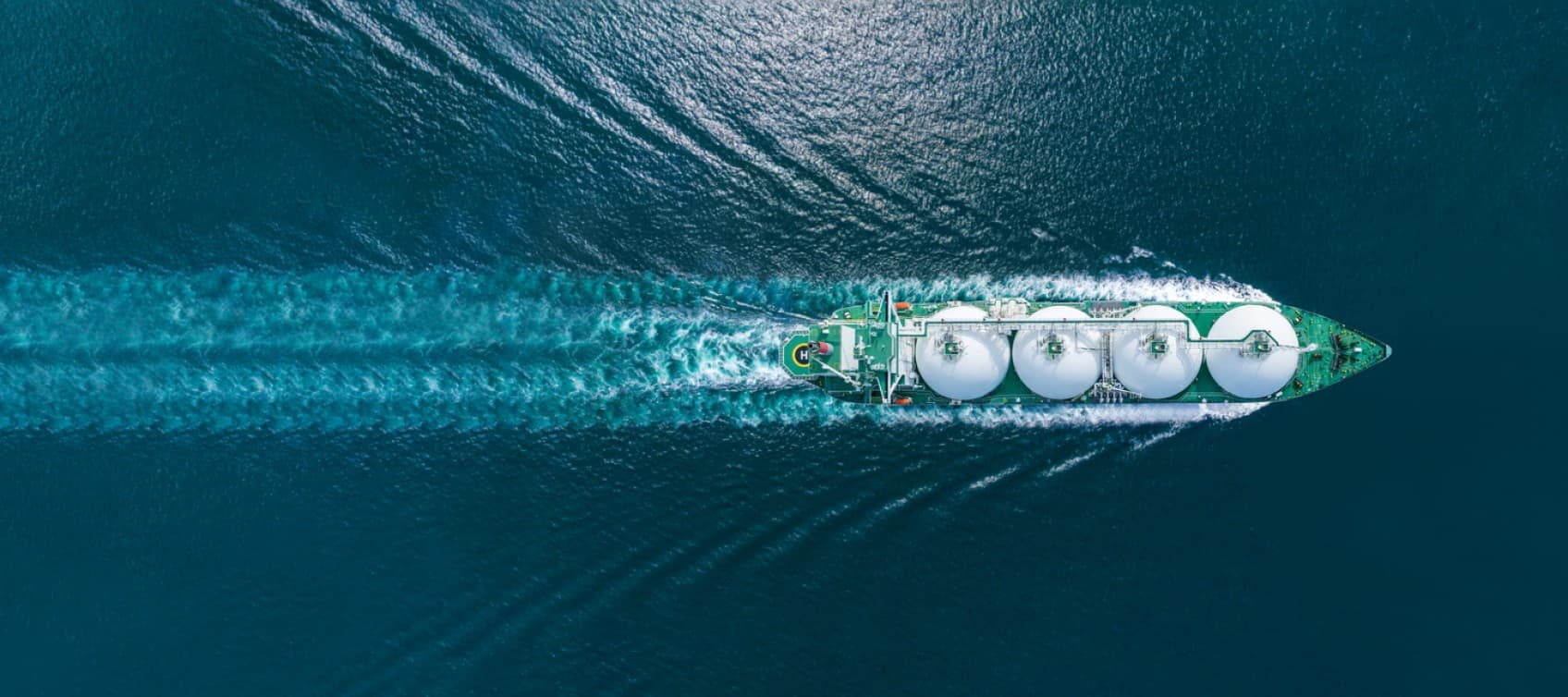Following the rapid decline in the availability of gas for electricity generation, a group of major New Zealand energy companies have collaborated to explore the option to import liquefied natural gas (LNG) and assessed the role LNG could play to meet New Zealand’s future gas demand.
Clarus, Contact Energy, Genesis Energy, Meridian Energy, and Mercury, commissioned two studies, looking at both conventional-scale solutions as used across the globe, as well as smaller-scale options.
Paul Goodeve, Chief Executive for Clarus said, “This work aims to provide New Zealand with a robust and clear-eyed evaluation of LNG import feasibility, and while both options are technically feasible, they each come with very different costs and benefits.”
The studies were carried out between September 2024 and May 2025 by international LNG experts, Gas Strategies (from the United Kingdom) that has advised previously on similar projects and has been able to provide their international expertise and knowledge, along with engineering consultancy Wood Beca (NZ).
The reports show that a gas import option may be technically feasible, though more challenging than anticipated. Study partners have shared the reports with government officials, whose support would be necessary for any option to proceed. The study partners emphasised that LNG is just one of several options being explored to support energy resilience. Investment in renewables, demand-side management and electrification remain central to the country’s low-carbon energy transition.
“Ultimately, our energy future will be shaped by a mix of energy options and this work ensures the option of LNG is properly understood,” Goodeve said.
Summary Reports:
- Gas Strategies - NZ LNG Import Feasibility Assessment
- Public-Release - NZ LNG Addendum on Small Scale LNG
Key Findings:
Conventional-scale LNG options provide high levels of flexibility – but at a cost
LNG is equivalent to our domestic natural gas (once LNG is regasified) and can be transported using existing gas networks and used in existing gas appliances. The global LNG industry has grown considerably over recent years, with around 50 countries now relying on LNG imports to meet their domestic energy needs.
The global LNG trade has standardised around large vessels (carrying around 170,000–180,000m³, or 4.5 PJ of gas), with much of the storage and regasification equipment located on permanently moored ships (known as Floating Storage and Regasification Units or FSRUs).
The real benefit of these conventional-scale LNG solutions is to improve security of energy supply, providing access to energy when required. In New Zealand’s case, this may be in a dry-year when hydro inflows are low, or if domestic gas supply continues to decline.
The study finds that a conventional solution would allow New Zealand to access additional gas at around $18 per gigajoule (GJ) on a landed cost basis. The landed price is at the entry point to the import terminal and includes shipping. The total cost to end users would also need to account for the capital and operational costs required to deliver that gas into the system through port upgrades, regasification systems and storage, estimated at an additional $170-$210 million per year. These would also contribute to the effective delivered cost to more accurately reflect the total cost to end users. Therefore, the final delivered cost per GJ would depend on the annual throughput of the terminal.
The large size of the ships involved in conventional-scale LNG imports would necessitate significant infrastructure investment, including port or pipeline upgrades.
Depending on the location and technology used, capital cost estimates range from $190 million to $1 billion which is a significant investment given the uncertainty around how often LNG imports would be needed.
Smaller-scale options are lower cost to build but offer less flexibility
In an effort to seek out lower capital cost solutions, the work also explored smaller-scale developments that would use existing port infrastructure without major modifications. These solutions would involve much smaller vessels of around 15,000m³ in size (0.4 PJ). Roughly one-tenth the size of conventional LNG carriers, they could shuttle between Australian LNG export projects and a New Zealand port, such as Port Taranaki.
This model could provide an additional 7–10 PJ of energy per year to the New Zealand system, equivalent to around one month of current gas supply.
Crucially, the smaller size of ships means limited site works would be required, enabling faster and more flexible development.
On a landed cost basis, small-scale LNG would cost approximately 25% more than large-scale, at $20–21/GJ. The additional capital costs of smaller-scale LNG infrastructure are estimated between $140 million and $295 million, depending on how much onshore storage is built. So, while the gas costs are more expensive than conventional scale, the infrastructure costs are lower, the gas itself is expected to be more expensive. Again, the final delivered costs per GJ would need to take into account both the landed cost and capital cost.
The study also highlights several issues that would need to be addressed in moving forward with smaller-scale solutions. These include securing interest from existing sellers to supply a relatively small volume of gas and ensuring sufficient storage of LNG when it arrives in New Zealand.
For media enquiries contact, Clarus External Communications Specialist, Cressida Gates Thompson, 027 703 6177, Cressida.Gates-Thompson@clarus.co.nz

